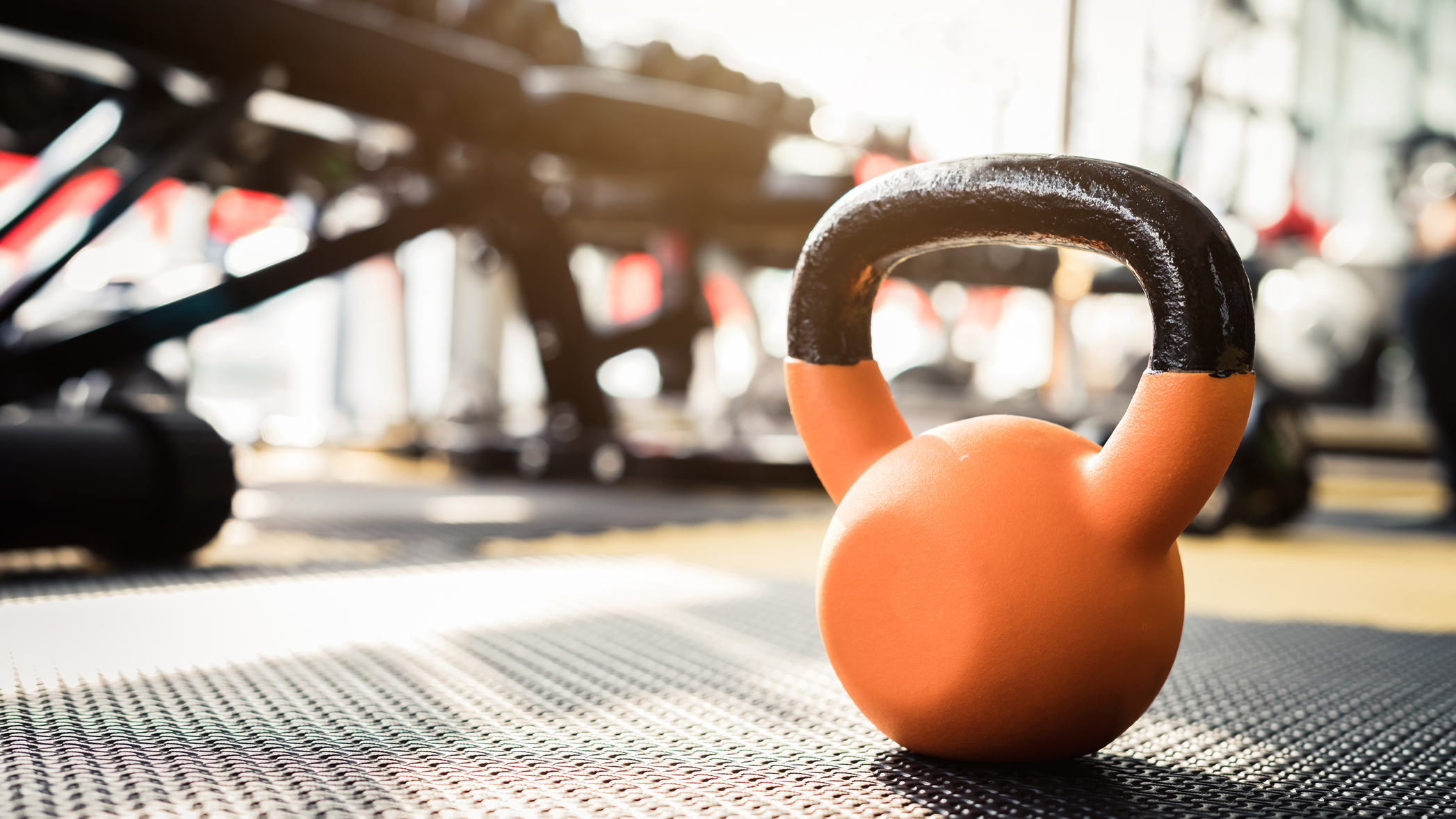How this Sydney woman lost almost 150lbs of fat over three years
Sydney's Hayley Westoby crushed her goals and fell back in love with fitness after a long time away

Hayley Westoby's weight loss story is incredible. A 29-year-old from Sydney Australia, Hayley weighed 302lbs at her heaviest. A lifestyle of excess – going out at university, eating with no restriction and no exercise – ensured the weight crept up on her as a young adult. However, after seeing a weight loss television show featuring a woman who weighed less than her and a heated argument with an ex in which he called her ‘fat’, Hayley had a decision to make.
“When someone tells me that I can’t do something, I literally sit there and I’m like, 'watch me',” said Hayley. She spoke to Truly, a YouTube channel running a series on transformations called Brand New Me, and said: “When you're presented [with] something like that, you have one of two ways to deal with it, you can either take it, feel sad about it, feel sorry for yourself and it doesn't actually benefit you. Or you can take it and run with it and make it what you will of it.”
Watch Hayley's full inspiring weight loss story below:
Hayley began her new regime simply by moving more, walking and moving around to begin getting used to the habit of structured exercise. She then implemented specific, measurable, achievable gym goals and introduced a more balanced diet. Over the course of three years, Hayley lost 143lbs and loves the life she lives now.
Hayley feels more confident and comfortable in her body and is proud of the positive impact she has had on others. Hayley said: “It comes back to surrounding yourself with people that are supportive. I've got some of the biggest hype women and men in my life, and I love it because I'm their biggest hype woman.”
Hayley can be seen doing lots of resistance training, using the best adjustable dumbbells and the best kettlebell to burn fat and build muscle. Creating more muscle mass improves your long-term metabolism according to the UK's National Health Service, which found "muscle cells require more energy to maintain than fat cells, so people with more muscle than fat tend to have a faster metabolism". The whole process of increasing your metabolism, or EPOC, is explained in the section below.
Hayley lost the weight by setting small goals and making small, sensible changes over a period of three years. By building muscle and increasing her metabolism, Hayley then lowers the risk of "yo-yoing" back to her original weight by boosting the way her body burns fat at rest.
The most important part of Hayley's journey was losing fat in a simple, sustainable way through healthy choices and achievable goals. It takes time, and patience, but there are no short-cuts. And Hayley found the rewards are worth it.
Start your week with achievable workout ideas, health tips and wellbeing advice in your inbox.

How resistance training can help you lose weight
Want to slim down and feel great like Hayley? Research has shown that resistance training, whether we’re using kettlebells, bands, free weights, bodyweight or machines, not only helps us get stronger and build muscle mass but it’s a great way to tone up and lose weight. Scroll up to check out Hayley’s transformation in the video above.
In fact, studies have shown that this kind of training is very effective in reducing body fat, when combined with a healthy, balanced diet. Resistance training does this by increasing something known as the "afterburn effect" or excess post-exercise oxygen consumption (EPOC) to give it its official name.
When we train, our muscles need more energy to do their job. The body uses oxygen to produce fuel and it can also call on stored energy sources (like fat and carbohydrates) to help us exercise. As we increase the intensity of our workout, the heart has to work harder to pump more oxygen, fat and carbohydrate to the muscles. But it’s when we finish our session that the "afterburn effect" kicks in, which refers to the oxygen our body needs to restore itself to the pre-workout state (our resting metabolism). This uses calories even after you finish working out.
While cardio exercise only burns calories while we’re doing it, doing weights means you will blast fat during your workout and long after, as our bodies continue to burn calories for hours thanks to the afterburn effect!
How long this magical EPOC lasts will depend on the length and intensity of the workout, but some studies have shown this it could go on for up to 38 hours. And it doesn’t take much to see a difference in your shape: researchers from Harvard University found that just 20 minutes of weight lifting every day could help reduce belly fat, particularly as we age.
Matt Evans is an experienced health and fitness journalist and is currently Fitness and Wellbeing Editor at TechRadar, covering all things exercise and nutrition on Fit&Well's tech-focused sister site. Matt originally discovered exercise through martial arts: he holds a black belt in Karate and remains a keen runner, gym-goer, and infrequent yogi. His top fitness tip? Stretch.


